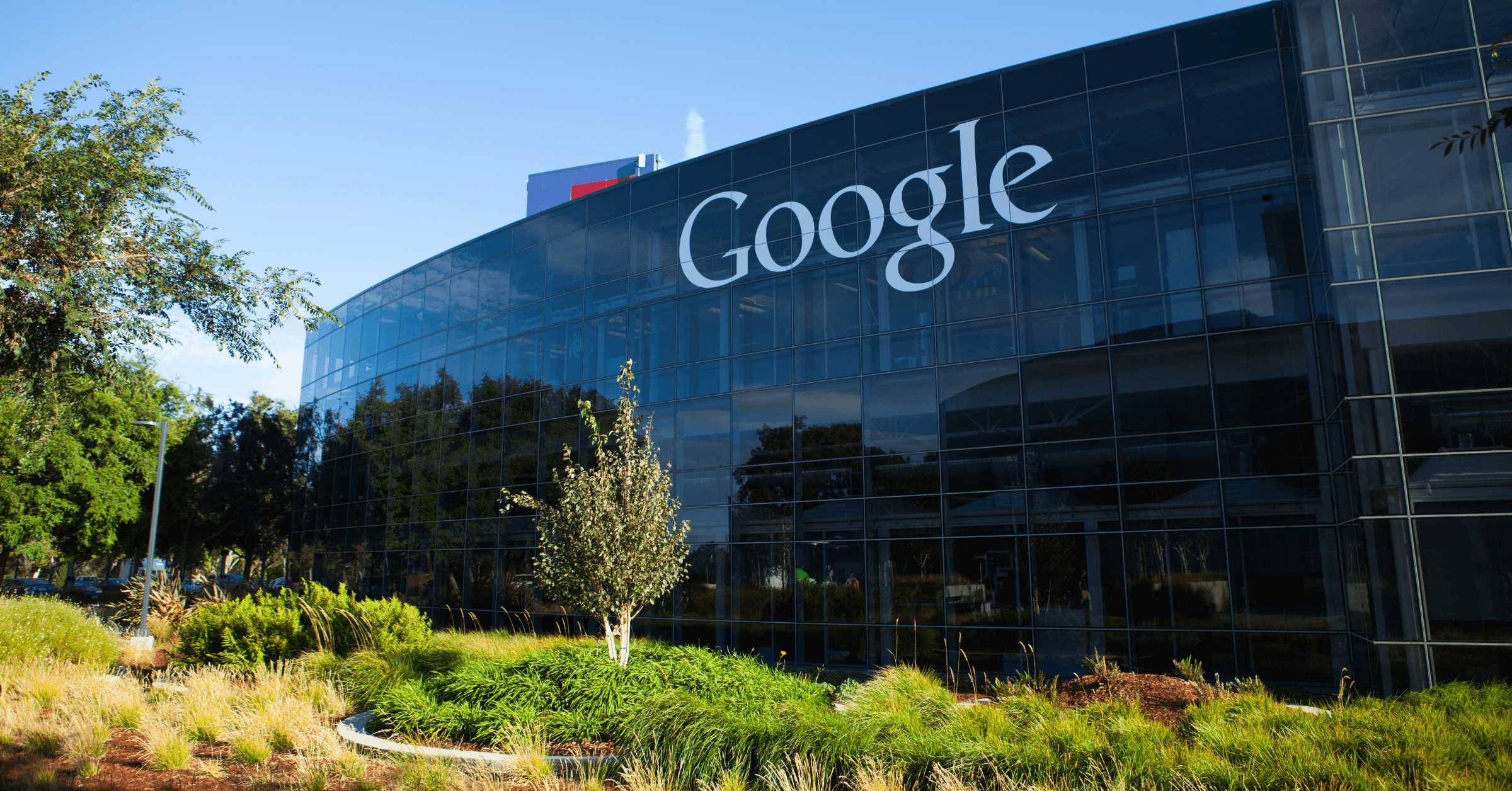Key Insights:
- Remote work has opened the tech industry up to considering a wider, more diverse talent pool, but location-based pay threatens to exacerbate the racial wealth gap.
- As tech companies track towards higher diversity, Black and Hispanic employees outside of coastal hubs may systematically command lower pay than their white, centrally located counterparts.
The shift to remote work enlivened debates about location-based pay and the possibility for the tech industry to become more diverse as talent pools were no longer concentrated in coastal hubs. However, the majority of the U.S. Black population still lives in the South and would potentially command a lower pay rate, inadvertently exacerbating the racial pay gap.
Increase in Remote Work
In response to the Covid-19 pandemic, a shift to remote work was swift to take control of the tech industry in 2020. Companies large and small started to close their offices, downsize their in-office employee population and hire remote positions as needed. In mid-2020, many tech companies like Slack Technologies, Inc. and Meta, formerly known as Facebook, even began giving employees the option to work remotely on a permanent basis.
Before the pandemic only 17 percent of U.S. employees worked remotely. That number increased to 44 percent during the pandemic, according to Statista. Studies are still being conducted today around the productivity of the remote workforce. But it is evident that a hybrid work model will become the norm as companies continue to update stay-at-home orders due to constantly changing guidelines from the CDC and local governments.
As the pandemic persists and companies continue to hire a majority remote workforce, new hires and current employee’s earning potential will change to conform to regional cost of living. At companies like Google, some workers are already seeing upwards of a 25 percent pay cut. Location-based pay isn’t a new concept; but as companies begin to shift to this compensation model for fully remote workers, how will it contribute to the racial wealth gap?
Pariss Chandler, the founder and CEO of Black Tech Pipeline, said the outcome won’t be good. She told The Plug that “companies are going to widen the wealth gap and keep the underserved, underserved.”
The Racial Wealth Gap & State of Diversity in Tech
The racial wealth gap between Black, Hispanic and white populations has been in effect for centuries due to pillars of institutional and systemic racism. According to the Federal Reserve’s 2019 Survey of Consumer Finances, the median racial wealth gap has only slightly changed between 2016 and 2019 for Black American families– $163,700 to $164,100. Among White-Hispanic households, the average wealth gap fell 4.93 percent from $160,000 to $152,100.
Scholars continue to research the reasons the racial wealth gap for Black families persists. These underlying factors were discovered: inheritances and intergenerational transfers, lower taxation for wealthy individuals, the low concentration of opportunities in higher level, higher paying positions, such as C-suite or upper-level management and needing to financially assist family and friends. The former two factors were said to be the underlying cause of the gap’s persistence.
Unfortunately, an increased median household income would not greatly contribute to the exacerbation of the racial wealth gap (like an increase in generational wealth and lower taxation would). But increasing access to quality job opportunities in tech can help move the needle. Michael Ward Jr., the founder and CEO of Austin Urban Technology Movement (AUTMHQ) told The Plug that the onus is on the corporations.
“Our for-profit tech companies must step up and invest in our communities,” Ward said. “They must look to address the lack of quality education, experience, and exposure in Black and Hispanic communities from an equity lens.”
To supplement the work that these corporations are doing with more intention, grassroots organizations like AUTMHQ and Black Tech Pipeline are tirelessly working to increase visibility in tech for Black professionals. They’re doing this by marketing open roles, creating speaking engagement opportunities for Black and Hispanic professionals, collaborating with employee resource groups and using their subsequent platforms as direct pipeline access to recruiters at these tech companies
Jenne Norris, who works as a DEI technical sourcing recruiter for Amazon Web Services (AWS) is committed to finding diverse talent through unconventional social media channels like Twitter. Norris told The Plug that, “the main issue with the (racial) wealth gap specifically in tech, is that tech hasn’t been very open to a lot of diverse candidates.”
Racial equity numbers tell a fuller story. Equal representation for minority workers has been a call to action in the tech industry for years. In the 2019 Diversity in Tech Report, the Black population only accounted for 7 percent of the industry, Hispanics accounted for 8 percent, and the white population accounted for a whopping 68 percent, indexing higher than their overall percentage of the U.S. population. Black professionals and Hispanics saw a 6 and 10 percent population deficit if you compare it to the overall population breakdown.
Even after being hired, the pillars of equity and inclusion are sorely lacking. Statistics show that Black and Hispanic professionals hold a very tiny percentage of executive leadership roles (higher than management)— less than 2 percent and 3.2 percent, respectively. Each demographic holds about 5 percent of management roles within the field. An increase in remote work may push companies to tap into talent they excluded due to regional barriers.
“Since January 2020, there has been a lower earning potential for Black professionals. The pandemic itself hurt (them) as a whole, unless you already possessed a top tier position,” Jonathan Kilson, a former tech sales representative turned financial services professional, told The Plug. Companies need to ensure that as they’re putting mechanisms in place to change compensation plans for remote workers, they’re doing it from a lens of equity-first.
Location-Based Pay & Equity for Black and Hispanic Professionals
“An increase in remote (and hybrid) work models will definitely affect the racial wealth gap. Many of the top companies feel indifferent about continuing to pay fair wages to workers who work remotely,” Kilson said. “This, in turn, will affect many Black workers as they aren’t paid on the same scale as their white counterparts.”
To complement the remote workforce shift, there has also been a reckoning within the tech industry centered around its unfair treatment of Black and brown professionals. It spans the scope of unfair pay comparable to their white colleagues, down-leveling during hiring interviews, unfavorable performance reviews, lack of career development and other microaggressions.
“This is what happens when companies suck at thinking about equity or even looking at history. It’s a very privileged decision (to switch to location-based pay),” Chandler said, when asked to elaborate about the cause of the reckoning. “This stems from not putting equity at the core of their business decisions from the start.”
Tech companies like Amazon began to propose big ideas about how they could address past harm and cultivate actionable changes in their organizations from the top down. This is a good start.
“Corporations investing in our communities means providing students, adults, and families everything they need to become self-sustaining in today’s digital economy,” Ward said. In return, tech companies should further the development of a skilled quality workforce if they want to help rectify the wealth gap. Location-based pay will only serve Black and Hispanic populations if it is deployed in an equitable way.








